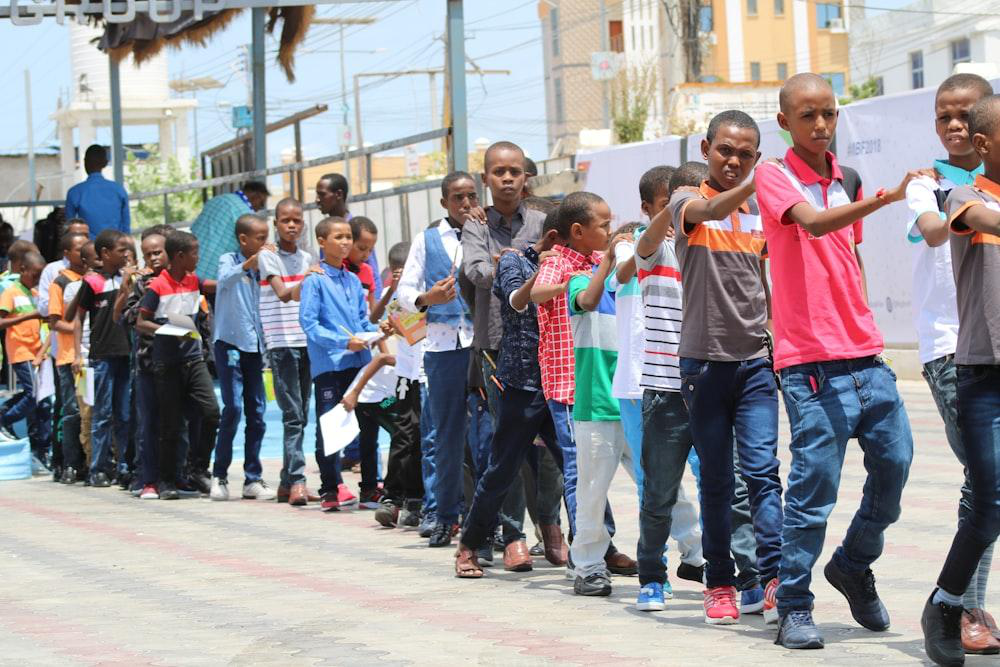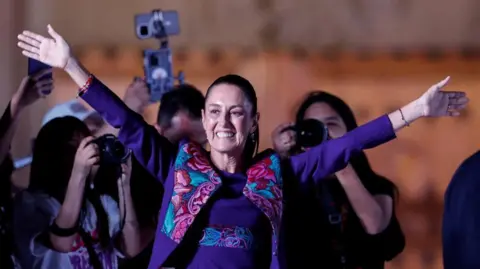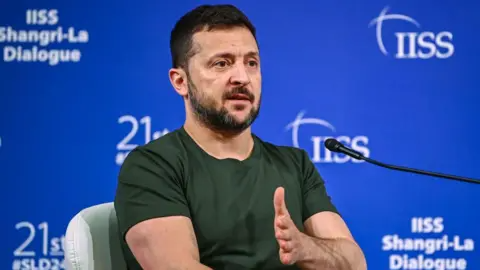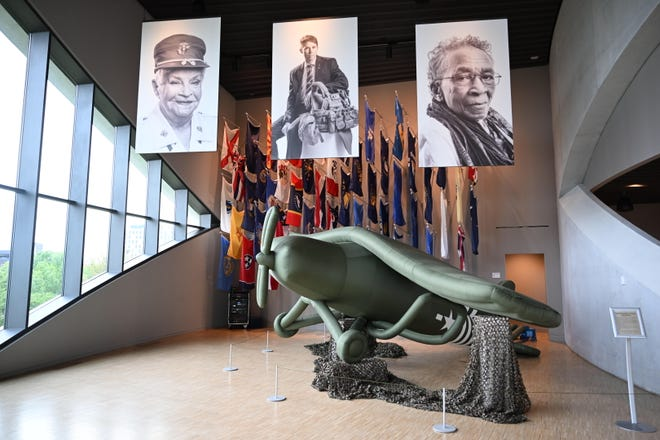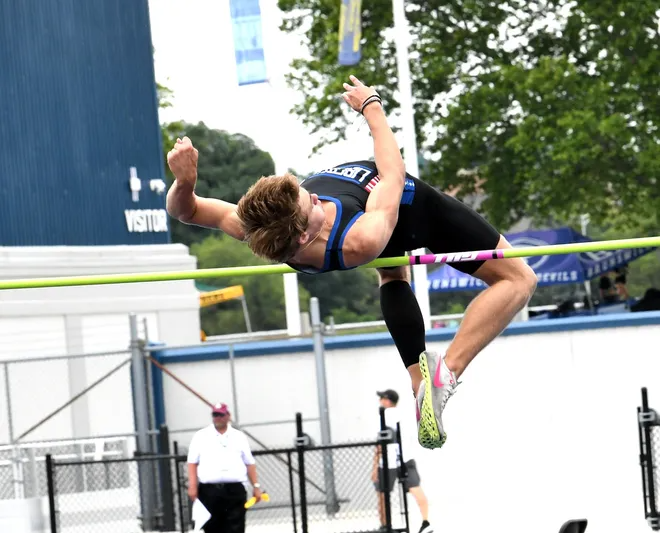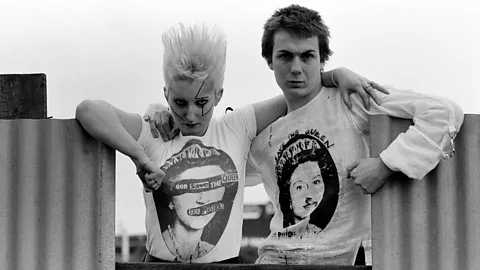- India, China share undemarcated border, tensions flared after deadly clash in June 2020
- Armies had another face-off in January 2021
NEW DELHI: Indian soldiers were wounded in a recent clash with Chinese troops along the disputed Himalayan border, India’s defense minister said on Tuesday, marking the most serious incident between the two nuclear-armed nations in nearly two years.
Soldiers from the People’s Liberation Army approached the notional border in the Tawang sector of Arunachal Pradesh in the eastern tip of India, which shares a border with China, leading to a face-off and physical scuffle on Dec. 9 that “led to injuries to a few personnel on both sides,” Defense Minister Rajnath Singh said.
Addressing the Indian parliament on Tuesday, Singh said Chinese troops crossed into Indian territory and “unilaterally changed the status quo,” adding that after soldiers from both sides withdrew quickly, local commanders met on Dec. 11 to discuss the incident.
“The Chinese side was asked to refrain from such actions and maintain peace and tranquility along the border. The issue has also been taken up with the Chinese side through diplomatic channels,” Singh added.
No Indian soldiers were killed or seriously wounded, the minister said, although he did not give details on the number of soldiers involved in Friday’s confrontation.
The Chinese government has so far stayed quiet about the incident.
India and China have had numerous overlapping claims along their undemarcated 3,488 km border — which stretches across nearly the entire Himalayan range — for decades.
Soldiers from the two nations clashed in June 2020 in the Galwan area of the Ladakh region, resulting in the deaths of at least 20 Indian and four Chinese soldiers.
The incident escalated tensions between the countries and was followed by another face-off in January 2021 that left troops injured on both sides.
Senior military commanders from the neighboring countries have held 16 rounds of meetings since the 2020 clash, negotiating a pullback from the Line of Actual Control, in Ladakh.
The talks led to India and China withdrawing some of their troops from the remote Gogra-Hotsprings area in Ladakh in September this year, ahead of a Shanghai Cooperation Organization meeting in Uzbekistan, which was attended by Indian Prime Minister Narendra Modi and Chinese President Xi Jinping.
Modi and Xi did not have a bilateral meeting in Uzbekistan or when they met more recently at the Group of 20 Summit in Bali last month.
Manoj Kewalramani, chairperson of the Indo-Pacific Research Program and a China studies fellow at Bangalore-based think tank Takshashila Institution, said New Delhi’s relation with Beijing is “not healthy.”
“It was noteworthy that the two leaders have been at multilateral summit meetings twice since September, but no bilateral meeting has taken place. In fact, after the Bali G20, signs pointed to a much more difficult relationship going forward,” Kewalramani told Arab News.
“I think the incident fits what seems to be an ugly pattern that is developing along the entire stretch of the Line of Actual Control,” he added.
“It only underscores the need to return to patrolling protocols and confidence-building measures that have worked in the past.”
China appears to have continued with its “strategy of maintaining pressure on India,” Manoj Joshi, of Delhi-based think tank Observer Research Foundation, told Arab News.
He added: “The issue is the intention, and the Chinese, I don’t think, wants to settle the issue despite the fact that there was disengagement.
“The relationship remains full of tension. If the relationship deteriorates further, it might impact the G20 that India is hosting next year: the Chinese might boycott it.”







